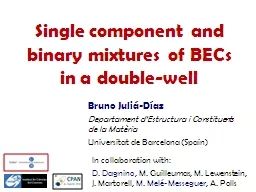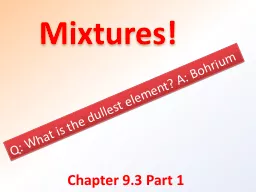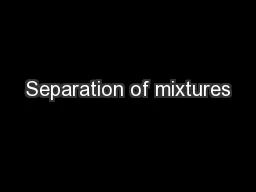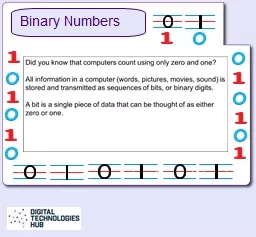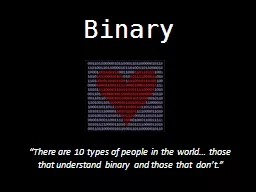PPT-Single component and binary mixtures of BECs in a double-we
Author : natalia-silvester | Published Date : 2016-02-28
Bruno Juli á D í az Departament dEstructura i Constituents de la Mat è ria Universitat de Barcelona Spain In collaboration with D Dagnino M Guilleumas M
Presentation Embed Code
Download Presentation
Download Presentation The PPT/PDF document "Single component and binary mixtures of ..." is the property of its rightful owner. Permission is granted to download and print the materials on this website for personal, non-commercial use only, and to display it on your personal computer provided you do not modify the materials and that you retain all copyright notices contained in the materials. By downloading content from our website, you accept the terms of this agreement.
Single component and binary mixtures of BECs in a double-we: Transcript
Download Rules Of Document
"Single component and binary mixtures of BECs in a double-we"The content belongs to its owner. You may download and print it for personal use, without modification, and keep all copyright notices. By downloading, you agree to these terms.
Related Documents

